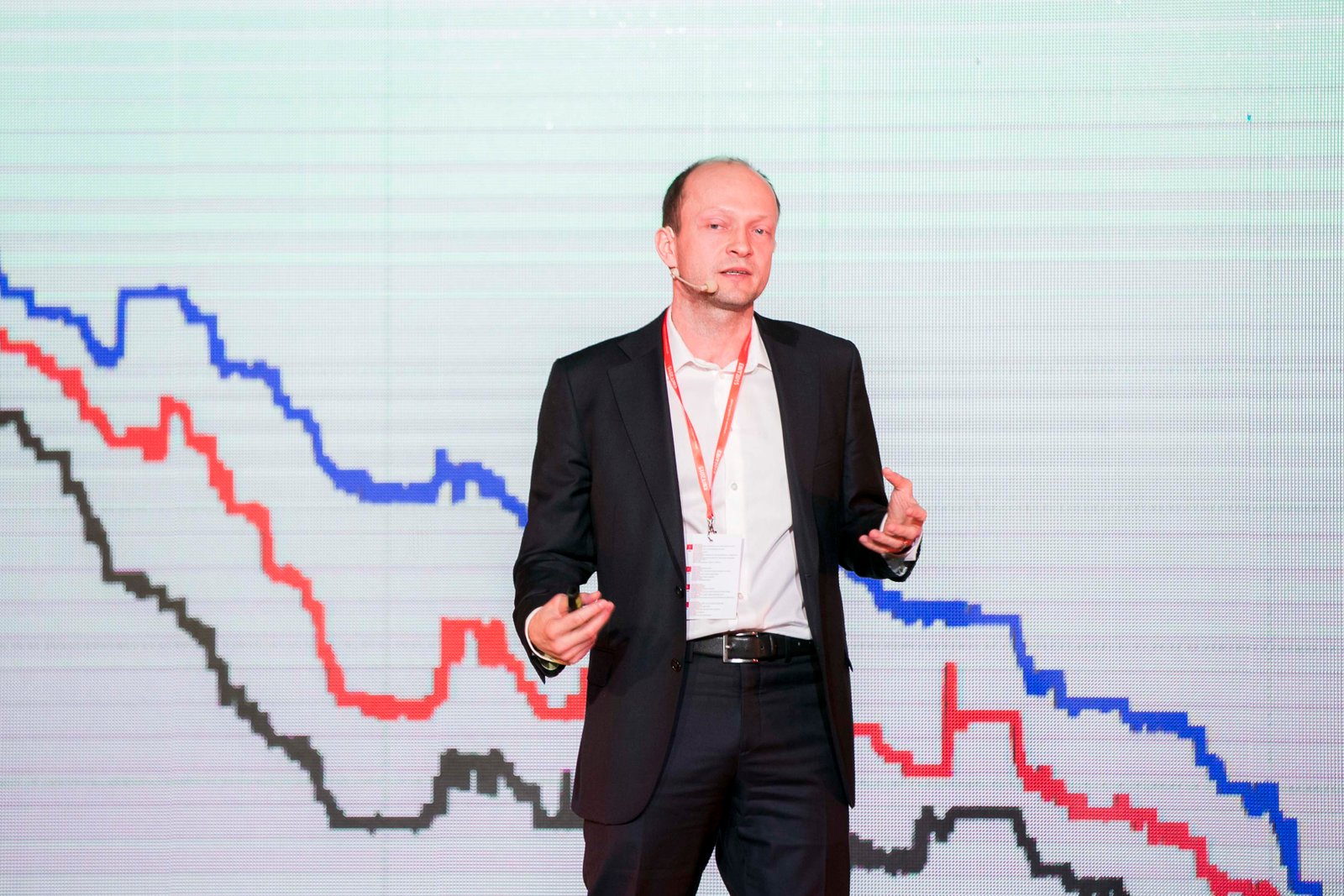

Nerijus Mačiulis DELFI / Tomas Vinickas
In the second quarter of this year, Lithuania’s GDP was 8.6% higher than the same period one year ago. What led to such growth, how sustainable is it and can we perceive any signs of overheat and parallels with the intoxicating prelude to the global financial crisis?
The spike in GDP can partially be explained through the benchmark effect – the pandemic and lockdown in the second quarter of last year froze a sizeable portion of the economy. This led to a fall in not only the citizens’ consumption but also the industrial sector and export volumes.
This year, despite the protracted second lockdown, was entirely different for the economy – employment, wages, retail trade, industry and export volumes reached ever new record heights.
The last time the Lithuanian economy grew at a similar pace was in late 2007, when even non-economists could see signs of overheating. From entry into the EU to the global financial crisis, economic growth was spurred on not only by a burst of EU funding but also sometimes irrational expectations and especially rapid debt growth.
The citizens’ debt to annual income ratio rose over a short period back then from 10 to 45%, a real estate bubble inflated and home affordability fell greatly.
The massive foreign trade deficit of an entire 13% of the GDP was indicative of desires being detached from reality. When the global financial crisis struck and both opportunity and desire to lend and borrow simmered down, the entire economic growth also lost steam.
Right now though, to the contrary, Lithuanian economic development is balanced and has demonstrated great resilience to the external shock.
Last year, we recorded a record foreign trade surplus, reaching an entire 9.7% of the GDP. While investment and consumption are rapidly recovering this year and imports growing faster than exports, we are still able to export more goods and services than we import into the country.
The current economic growth is not due to excessive borrowing – the citizens’ debt to income ratio of around 35% has remained stable and is one of the lowest in the Eurozone.
Financial commitments held by the private sector have also not increased and remained among the lowest in the EU. If you are to worry, it shouldn’t be over excess debt but insufficient financial leverage, which could help increase investment and productivity faster.
That said, the state budget deficit both last and this year reaches around 7% of the GDP – the state stabilised the pandemic’s negative consequences through borrowed funds, which is now contributing to faster growth.
While Lithuania’s debt remains one of the smallest in the EU and its sustainability is not in question, when one watches such rapid economic growth, there is ever less reason and room for fiscal stimulus.
There is also no basis for a large fiscal deficit because this economic growth is wide-ranging and inclusive – unemployment levels now reach only 7%, with there being an entire 25 thousand more people in employment right now than there were prior to the pandemic.
Furthermore, at the end of June this year, there was a record number of job vacancies in Lithuania – an entire 22 thousand, which is around twice the number you would see at this time of the year over the past five years. In other words, ever fewer citizens require state aid and a reasonably large part – motivation to make use of opportunities.
Not only employment but also wages are increasing. Already for five years, the average wage has been rising by around ten per cent a year.
Unfortunately, productivity growth has remained significantly slower during that same period, which means that the external competitiveness of at least certain sectors and companies is declining.
We saw a similar gap between wages and productivity on the eve of the global financial crisis, just back then, the imbalance was even larger and more evident.
Nevertheless, looking at various factors indicating the sustainability of Lithuania’s economic growth, there is no reason to be alarmed just yet. There is no longer a need to either expect or fear double-digit growth rates and over the coming years, we can expect GDP growth of around 4-5% per year.
That said, after the global financial crisis and after the pandemic, few economists will dare utter the phrase “there won’t be a crisis.”
The prediction of economic breakdowns is also complicated by factors, which have been observed especially often this year, like cyber-attacks paralysing key infrastructure or devastating fires, rainfall, and floods. It is likely that such occurrences will become increasingly frequent and their impact on the economy will only grow.
While Prime Minister Gintautas Paluckas does not take issue with the statements made by the…
Lithuanian economists are surprised to see our country's economic growth: the Estonian economy has been…
"The fate of Nemuno Aušra (Dawn of Nemunas) in the coalition has been decided; they…
Airvolve, a Lithuanian dual-purpose aeronautics company, has successfully completed its first round of testing and…
The world is becoming smaller, more intertwined, and increasingly fragmented, with many of the previous…
In recent years, Vilnius, the vibrant capital of Lithuania, has experienced a culinary renaissance. While…